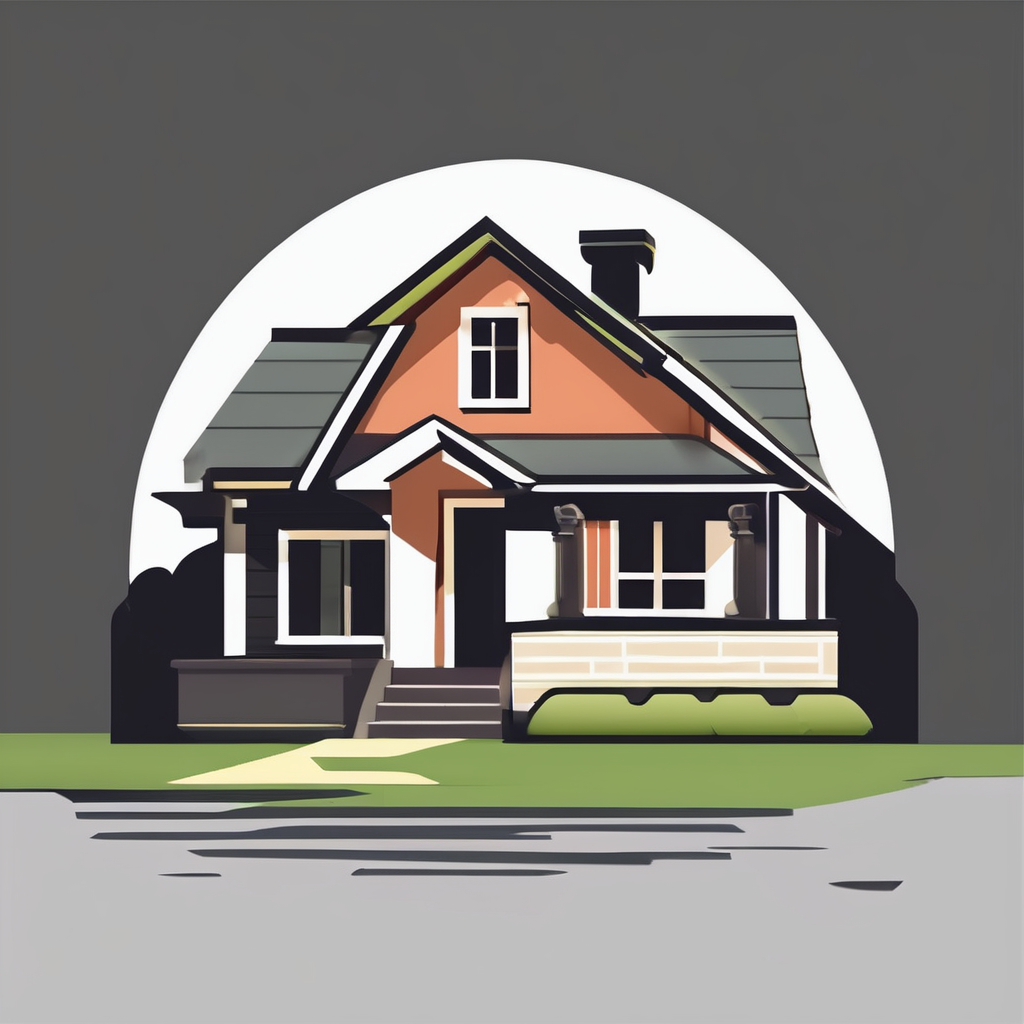Understanding Treehouse Construction
Building a treehouse requires careful planning and design to ensure both safety and enjoyment. Before diving into your DIY treehouse project, consider the following garden building tips:
Properly designing your treehouse is crucial for a successful build. Begin by assessing the tree’s health and stability. Choose a strong, mature tree capable of supporting the structure’s weight. Sketch a detailed plan, considering dimensions, ladders, and railings. This helps prevent issues during construction, as well as keeping your project on track and on budget.
Have you seen this : Ultimate guide to baby-safe window treatments for uk homes: key features you need to know
Safety should never be compromised. Always prioritize it by wearing protective gear and inspecting all materials for damage. Ensure the use of reliable materials and proper securing methods. Structural integrity is paramount, so anchor your treehouse securely to prevent tipping or loosening.
Finally, the right tools and equipment are essential for treehouse construction. Basic tools such as saws, hammers, drills, and levels are a must. Consider borrowing or renting specialized equipment like pulleys for raising heavy parts. With thoughtful planning, you can transform your garden into a magical retreat, combining practical tips, creativity, and safety.
Have you seen this : Revamp your kitchen sustainably: the ultimate uk renovation guide for eco-friendly living
Safe Materials for Treehouse Building
When embarking on a treehouse construction, selecting the right materials is pivotal. It not only ensures safety but also enhances the durability of your project. Durable wood and other safe building materials are crucial in maintaining the integrity of your treehouse over time.
Pressure-Treated Lumber
Pressure-treated lumber is an excellent choice for treehouses because it resists decay and insect damage. This wood undergoes a chemical process that extends its life, making it ideal for outdoor projects. To select quality pressure-treated lumber, look for wood certified by reputable organizations. However, exercise caution when handling treated materials by wearing protective gear to avoid chemical exposure.
Cedar Wood
Cedar wood stands out for its natural resistance to decay and insects without the need for chemicals. Its earthy aroma and visual appeal make it a popular choice for seamlessly integrating the treehouse into your garden. While cedar can be more expensive, sourcing it from sustainable suppliers can provide a balance between cost and environmental impact.
Plywood
Incorporating plywood into your treehouse offers versatility in design. Opt for exterior-grade plywood that withstands moisture and temperature fluctuations. To prolong its life, apply weather-resistant finishes and perform regular maintenance.
Step-by-Step Guide to Building Your Treehouse
Constructing a treehouse is a rewarding DIY project that requires precise steps to ensure its success. A systematic approach helps ensure the treehouse is both safe and functional.
Begin with a thorough evaluation of your tree. Choose one that is strong and mature to provide a stable foundation. Once selected, create a detailed plan that outlines dimensions and design features. The plan will be your blueprint throughout the process, ensuring you’re always one step ahead.
For securing the treehouse structure, start by assembling the support beams. Use durable metal fasteners for stability. Appropriate anchors will distribute the weight evenly and prevent structural failure. Precision here sets the tone for the entire build.
When it comes to customization, think about integration with your garden. Consider adding features that enhance functionality. This might include benches, rope ladders, or even planters. Tailor these elements to your needs to foster a personal retreat.
Lastly, regularly inspect progress against your original plan to minimize issues and delays. With this structured guide, your treehouse can become a cherished space that reflects your creativity and effort.
Maintaining Your Treehouse
Preserving the charm and safety of your treehouse requires regular maintenance. Routine checks are crucial to identify wear and damage early. Inspect joints, fasteners, and wooden surfaces for any signs of rot or weakness. Addressing these promptly helps prevent more significant issues from developing.
Treehouse maintenance involves proper cleaning and weatherproofing to protect against harsh elements. Clean surfaces to remove leaves, dirt, and debris that may cause decay. Apply a protective sealant annually to keep wood in top condition and waterproof. This layer acts as a barrier against moisture, which is the primary cause of wood deterioration.
When should you consider repairs or renovations? If the structure’s integrity is compromised or stability is affected, it’s time for action. Any sway or movement might indicate weakened areas demanding immediate attention. Minor repairs should never be underestimated in maintaining overall safety.
By prioritizing longevity, treehouses remain cherished garden retreats. This commitment ensures they provide a safe sanctuary for many years to come. Implementing these preservation tips effectively sustains the treehouse’s beauty and functionality, enhancing your garden’s allure.

